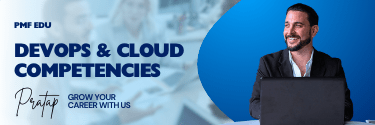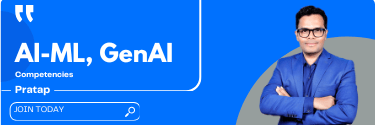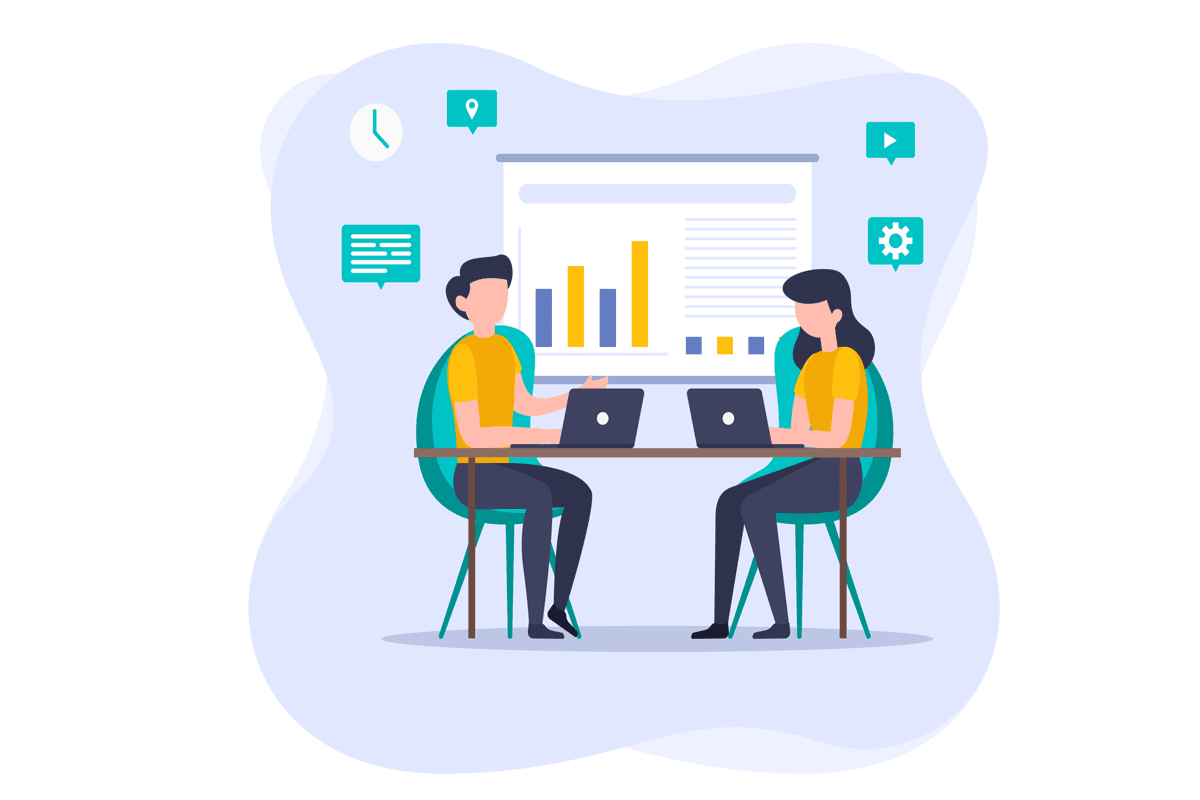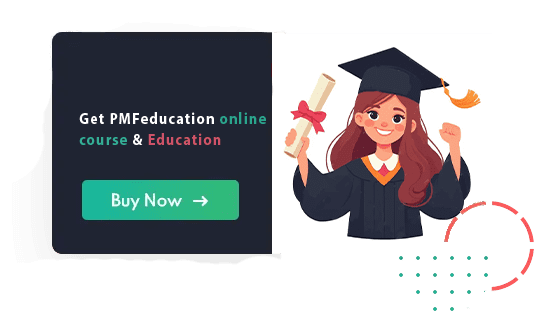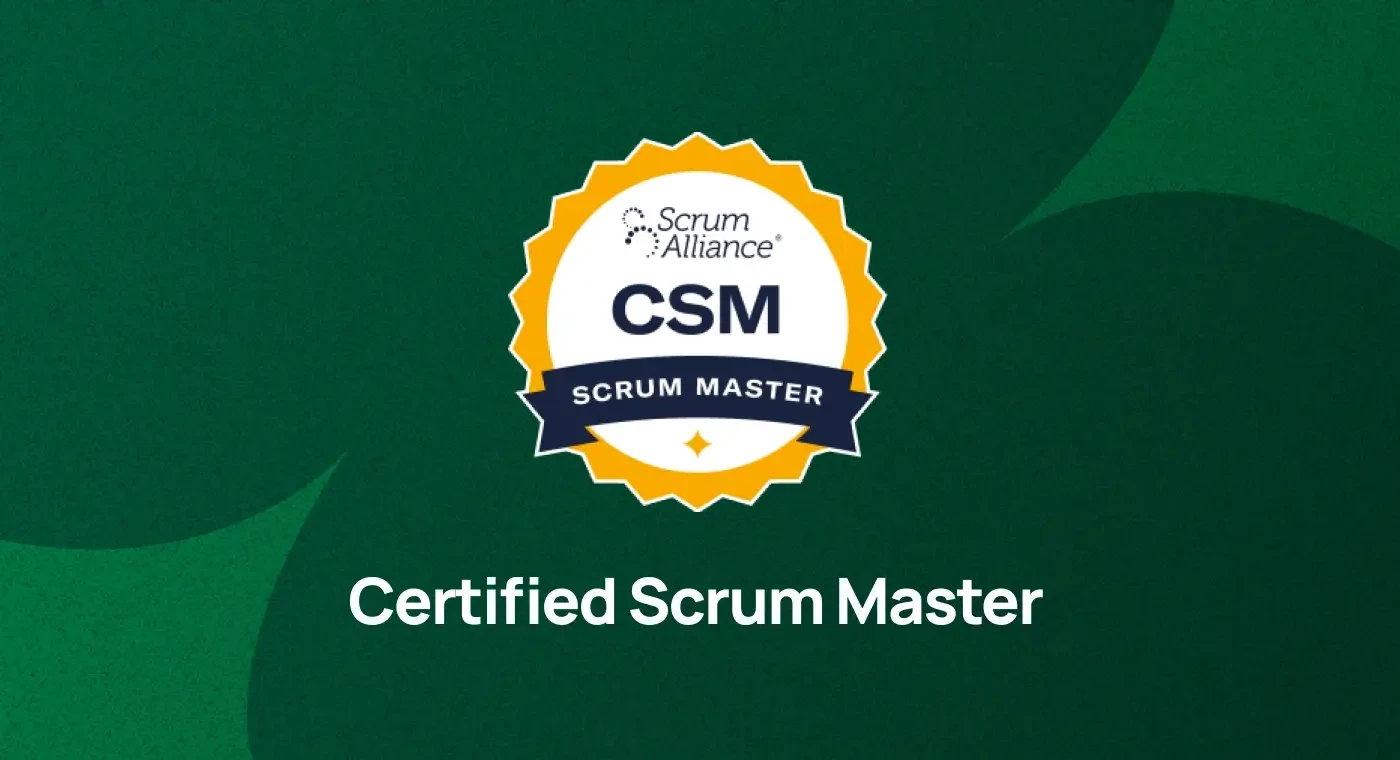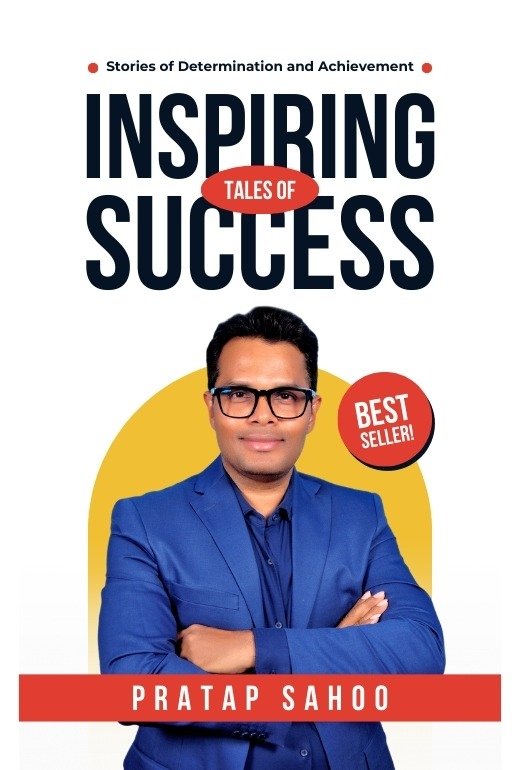Currently Empty: ₹0.00
Project Management
PMP Interview Questions and Answers
A product owner in Scrum team who is responsible for the outcome of the project. He maximizes the value of the product by managing and optimizing the product backlog. A product owner’s key responsibility is to define user stories and create a product backlog. No matter whether you are a beginner or an intermediate or an experienced product owner, this write-up will aid you in increasing your confidence and knowledge of product owner. The questions below are divided into various topics catering to product owner. They range from story grooming, user story splitting and estimation, burn down charts and more. Also, this guide provide step-by-steo explanations for every question which will help you understand the concepts well. With Product Owner interview questions, you can be confident about your preparation for the upcoming interview.
Question 1-5
- What is PMP?
PMP stands for Project Management Professional, a globally recognized certification from PMI. - What is a project?
A temporary endeavor undertaken to create a unique product, service, or result. - What are the five process groups in project management?
Initiating, Planning, Executing, Monitoring & Controlling, and Closing. - What are the ten knowledge areas in PMBOK Guide?
Integration, Scope, Schedule, Cost, Quality, Resource, Communications, Risk, Procurement, and Stakeholder Management. - What is a stakeholder?
Any individual or group impacted by the outcome of the project.
Question 5-10
- What is the role of a project manager?
To lead the project team and ensure successful delivery of project objectives. - What is a project charter?
A document that authorizes the project and gives the project manager authority to use resources. - What is a Work Breakdown Structure (WBS)?
A hierarchical decomposition of the total scope of work into manageable sections. - What is a milestone?
A significant point or event in the project schedule. - What is a critical path?
The longest duration path through a project network diagram that determines the shortest time to complete the project.
Question 10-15
- What is float or slack?
The amount of time a task can be delayed without delaying the project end date. - What is scope creep?
Uncontrolled changes or growth in a project’s scope without adjustments to time, cost, and resources. - What is a risk?
An uncertain event that may positively or negatively affect the project. - What is a deliverable?
A tangible or intangible output produced as a result of the project. - What is change management?
A process to manage any changes in the project scope, schedule, or cost.
Question 15-20
- What is a baseline?
The approved version of a project plan used for comparison. - What is project scope?
The work required to deliver a product or service with specified features and functions. - What is quality assurance?
A process-oriented approach to ensure quality in the processes used to manage and create deliverables. - What is quality control?
A product-oriented activity that verifies that deliverables meet the quality standards. - What is the difference between project and operations?
Projects are temporary and unique; operations are ongoing and repetitive.
Question 20-25
- What is resource leveling?
A technique used to resolve resource conflicts by adjusting start and finish dates. - What is a project schedule?
A timetable that defines when each activity will occur. - What is the triple constraint?
Time, Cost, and Scope – changes to one affect the others. - What is earned value management (EVM)?
A technique for measuring project performance and progress in terms of scope, time, and cost. - What is the difference between EAC and ETC?
EAC: Estimate at Completion, ETC: Estimate to Complete.
Question 25-30
- What is a risk register?
A document containing details of all identified risks. - What is a stakeholder register?
A document listing stakeholders and relevant information. - What is communication management?
The process of ensuring timely and appropriate generation, collection, and dissemination of project information. - What is a RAID log?
A tool to track Risks, Assumptions, Issues, and Dependencies. - What is a project management plan?
A formal, approved document that guides project execution and control.
Question 30-35
- What is a kick-off meeting?
The first meeting with the project team and stakeholders to discuss objectives and plan. - What is crashing?
A schedule compression technique where additional resources are added to shorten the schedule. - What is fast tracking?
Performing activities in parallel that were initially planned in sequence. - What is stakeholder analysis?
A technique to identify stakeholders and understand their expectations and impact. - What is lessons learned?
Documentation of what went well, what didn’t, and improvements for future projects.
Question 35-40
- What is a burn-down chart?
A graphical representation of work left to do versus time. - What is procurement management?
The process of acquiring goods and services from external vendors. - What is the RACI matrix?
A tool that defines roles and responsibilities: Responsible, Accountable, Consulted, Informed. - What is a contract?
A legal agreement between buyer and seller. - What is Monte Carlo simulation?
A risk analysis technique using probability and impact modeling.
Question 40-45
- What are project constraints?
Factors that limit project options, such as scope, budget, time, quality. - What is stakeholder engagement plan?
A plan to effectively engage stakeholders throughout the project lifecycle. - What is a Gantt chart?
A bar chart showing project schedule information. - What is a project life cycle?
The phases a project goes through: Initiation, Planning, Execution, Monitoring, and Closing. - What is a scope statement?
A document that defines the project scope, deliverables, assumptions, and constraints.
Question 45-50
- What is a control chart?
A quality tool used to monitor processes over time. - What is root cause analysis?
A technique to identify the source of a problem. - What is integrated change control?
A process to review and approve all changes to project baselines. - What is stakeholder management?
The process of managing stakeholder expectations and engagement. - What is an assumption log?
A document listing assumptions and constraints throughout the project.
Question 1-5
- What are the components of the project management plan?
Subsidiary plans like scope, schedule, cost, quality, risk, communications, procurement, stakeholder, and change management plans. - How do you manage scope changes?
Through the integrated change control process with proper documentation and approval. - What is the purpose of a feasibility study?
To determine whether the project is viable from a technical and business standpoint. - What is rolling wave planning?
Progressive elaboration of the plan where near-term work is planned in detail, future work broadly. - What is stakeholder mapping?
Categorizing stakeholders by influence, interest, and engagement level.
Question 5-10
- What is a cost baseline?
The approved budget, used to compare actual costs for performance tracking. - What is scope baseline?
Approved version of the project scope including WBS, scope statement, and WBS dictionary. - What is schedule baseline?
The approved version of the project schedule used for tracking. - What is project governance?
Framework for decision-making and accountability in a project. - What is a benefits management plan?
A document outlining how and when benefits from the project will be delivered and measured.
Question 10-15
- What is agile project management?
An iterative approach emphasizing collaboration, flexibility, and customer feedback. - How do you manage team conflicts?
Use conflict resolution techniques like collaboration, compromise, or escalation. - What is stakeholder salience model?
Prioritization of stakeholders based on power, legitimacy, and urgency. - What is resource histogram?
A bar chart showing resource allocation over time. - What are the inputs to the ‘Develop Schedule’ process?
Project scope, activity list, dependencies, resource requirements, calendar.
Question 15-20
- What is parametric estimating?
Using historical data and statistical relationships for cost or duration estimates. - What is analogous estimating?
Using actual durations or costs from previous similar projects. - What is risk appetite vs. risk tolerance?
Appetite: general willingness to take risk; Tolerance: measurable limits of acceptable risk. - What is residual risk?
Risks remaining after risk responses are implemented. - What is secondary risk?
New risks arising from implementing a risk response.
Question 20-25
- How do you respond to positive risks?
Exploit, Share, Enhance, Accept. - How do you respond to negative risks?
Avoid, Mitigate, Transfer, Accept. - What is risk threshold?
Level of risk exposure acceptable to the organization. - What are the tools for quality management?
Fishbone diagram, control chart, histogram, scatter diagram, flowchart, checklist, Pareto chart. - What are different contract types?
Fixed-price, Cost-reimbursable, Time & Materials.
Question 25-30
- What is a procurement management plan?
A plan that describes how project procurement will be managed. - What is lead and lag in scheduling?
Lead: Overlap between tasks. Lag: Delay between tasks. - What is a communication management plan?
A document defining communication methods, frequency, and responsibilities. - What is stakeholder engagement assessment matrix?
Tool to compare desired and current engagement levels. - What is a project phase gate?
A review point to evaluate project performance before moving to the next phase.
Question 30-35
- How do you measure project success?
On-time, within budget, meets scope/quality, satisfied stakeholders. - What is variance analysis?
Comparing planned vs. actual project performance. - What is schedule performance index (SPI)?
SPI = EV / PV; a measure of schedule efficiency. - What is cost performance index (CPI)?
CPI = EV / AC; a measure of cost efficiency. - What is a trend analysis?
Identifying patterns in project performance over time.
Question 35-40
- What is a change control board (CCB)?
A group responsible for reviewing and approving change requests. - What is project integration management?
Ensures project parts are properly coordinated. - What is a procurement audit?
A review to verify compliance and performance in procurement. - What is quality audit?
Ensures processes are followed and improved where necessary. - What is the Delphi technique?
Anonymous consensus-based decision-making technique.
Question 40-45
- What is progressive elaboration?
Continuously improving and detailing the project plan. - What is stakeholder influence curve?
Stakeholder influence is highest at the beginning and declines over time. - What is team charter?
A document outlining team values, ground rules, and performance expectations. - What is configuration management?
Tracks project deliverables and their components through change. - What is backlog grooming?
Reviewing and prioritizing backlog items in Agile.
Question 45-50
- What is MoSCoW prioritization?
Must have, Should have, Could have, Won’t have – used in requirement prioritization. - What is user story in Agile?
A requirement written from the user’s perspective. - What is a sprint retrospective?
A meeting to reflect and improve after each sprint. - What is Tuckman’s model?
Team development stages: Forming, Storming, Norming, Performing, Adjourning. - What is value stream mapping?
A lean tool to visualize and improve flow of value to the customer.
Question 1-5
- How do you handle conflicting stakeholder priorities?
Conduct stakeholder analysis, align priorities with business goals, and facilitate collaboration. - How do you measure intangible benefits in a business case?
Use proxy measures, surveys, or qualitative indicators. - How do you handle scope changes in Agile projects?
Through regular backlog refinement and sprint planning sessions. - What’s the difference between integrated change control and change management?
Integrated change control manages changes to the project; change management manages people-side change. - How do you ensure alignment with strategic goals?
Use project selection criteria, benefits realization planning, and executive engagement.
Question 5-10
- How do you perform value engineering?
Analyze functions and costs to optimize project value. - How do you transition from traditional to Agile project management?
Train teams, adopt iterative planning, change culture, and adapt tools. - What is servant leadership in project management?
Leading by serving the team, removing obstacles, and facilitating success. - How do you handle cultural differences in global projects?
Increase cultural awareness, adapt communication styles, and build inclusive teams. - How do you estimate projects with limited historical data?
Use expert judgment, analogous estimating, and range-based estimates.
Question 10-15
- What is the difference between project success and product success?
Project success = meeting constraints; product success = business value delivered. - How do you manage innovation projects with high uncertainty?
Use iterative delivery, continuous feedback, and adaptive risk planning. - How do you manage virtual teams?
Use collaboration tools, establish trust, and ensure frequent communication. - What is earned schedule (ES)?
A time-based performance metric extending earned value principles. - How do you apply systems thinking in project management?
Consider interdependencies, feedback loops, and long-term impact.
Question 15-20
- How do you deal with ethical dilemmas?
Refer to PMI Code of Ethics, transparency, and consult with stakeholders. - What is hybrid project management?
A combination of predictive and adaptive methods in a single project. - How do you manage project fatigue?
Monitor team morale, encourage work-life balance, and rotate responsibilities. - How do you measure stakeholder satisfaction?
Surveys, interviews, engagement metrics, feedback sessions. - How do you manage cognitive biases in decision-making?
Encourage diverse opinions, use structured methods, and challenge assumptions.
Question 20-25
- What is the impact of AI on project management?
Enhanced forecasting, automated reporting, and risk prediction. - What is the role of data analytics in project management?
Improves decision-making through insights on performance and trends. - How do you align Agile and traditional stakeholders?
Educate stakeholders, manage expectations, and demonstrate value early. - How do you apply lean principles in project management?
Eliminate waste, focus on value delivery, and optimize processes. - How do you ensure sustainability in projects?
Consider environmental, social, and governance factors in project design and delivery.
Description
The Product Owner is a pivotal role in an Agile team, serving as the primary liaison for stakeholder needs and representing the team’s goals and progress. They are solely accountable for maintaining the quality and value of the team’s output and own the responsibility for managing the product backlog.
Demand for skilled Product Owners is strong across industries. A quick look at job postings shows top companies actively seeking candidates for this role. Currently, there are over 300 open Product Owner positions on LinkedIn in Spain alone. Research indicates that the average annual salary for a Product Owner in the United States is around $105,158, while in India, the average salary is approximately ₹9,97,286 per year, according to Indeed.

